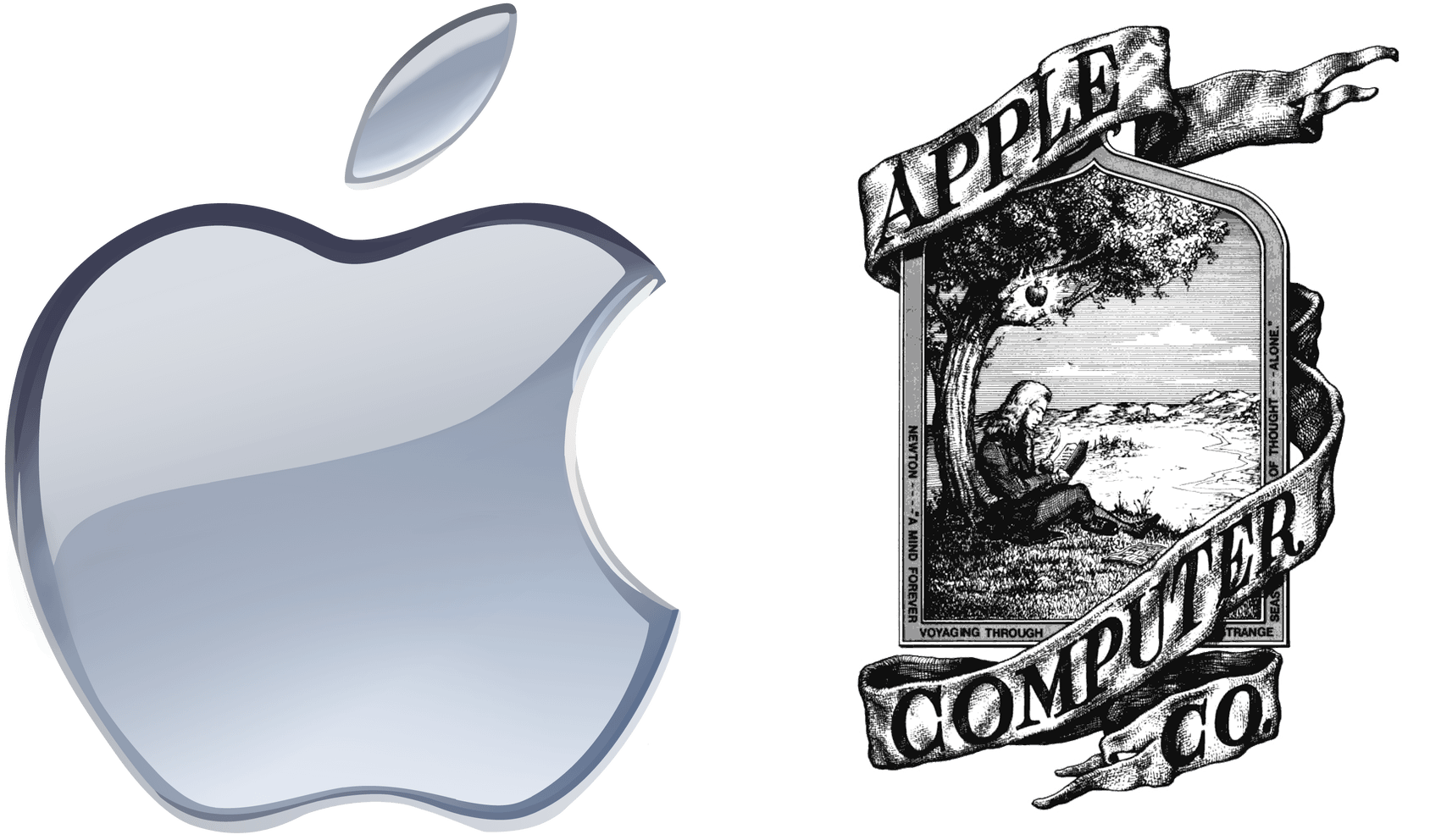Brands, corporate identity and logo design – an overview

Some other useful resources:
The Design Process
Good Branding and Design Boosts your Business
What do we mean by brand and corporate identity?
Aimed primarily at small and medium sized businesses, who want to get to grips with the concepts of logo design, branding and corporate identity, without the jargon.
The first use of a brand was just that – ‘a brand’, a mark of ownership on cattle. Later, trademarks were used to define individual products. The red triangle of BASS, the first trademark registered in England in 1777, was designed to help the illiterate drinker recognise Mr William Bass’s Fine India Pale Ale from other inferior products. Over the years branding has come to mean something slightly different though. Wally Olins, a leading authority on branding, defines it as an organisation’s ‘personality’.
So what is corporate identity?
McDonalds all over the planet selling chips that look the same perhaps. Doesn’t apply to me I hear you say, contains the word ‘corporate’, and I’m just a small business.
Let’s call it business identity instead then. But before we go any further, let’s be clear on the difference between brand and business identity. The identity is the look of the business, the way it integrates, how it is organised and its ethics. The brand is more about emotions, the trust and confidence people have in it.
Your business identity is a means of identifying and distinguishing your products or services from millions of other businesses, and most importantly, your competitors. It can address individuality, quality, intention and focus.
Once your identity is established and recognised it becomes your brand. With a strong brand, business also gets much easier as an emotional connection is created between the company name and the customer.
Let’s look at a typical company on a day-to-day basis. It doesn’t matter whether you are a multi-national or work from home alone. Some questions to ask yourself.
What type of company is it? Are there other companies offering the same services? Do your employees understand what the company does and where the company is going? Simple things… what does the company’s invoices look like, how do company representatives dress, how do different people within the company answer the phone? How often is your website updated? etc etc.
Each and every area of your business and it soon becomes apparent how important branding is. Now get someone else to do it to discover all the things you take for granted. An experienced graphic designer like me can help you.
The logo or logotype
The first thing most people associate with identity is the logo. There is much criticism about the amount of money spent by some companies on having a logo designed. What value would you put on the icon which represents, co-ordinates and helps your company sell its products? You’ll probably spend thousands on marketing and advertising, don’t you think you ought to have something good in the first place?
Many people start a business, think up a name and even get it registered at Companies House and then have a logo produced. Nowadays it’s vital to have a name which ties up with web availability. A good name can be one of the most important factors in creating an identity so it can be very useful to consult a design house before setting up a business.
What are the main criteria in designing a logo? Focus? What makes the company tick? Who are you trying to reach? Competitors? The future? And flexibility. The logo has to “work” in all sorts of situations depending on the business. A good graphic designer has been trained to take you through these steps and help identify your company’s uniqueness and to filter it down to its essence
Contrary to popular belief, the logo does not have to explain what the company does. In the case of a bank for example, you don’t need banknotes flying out of a window, you just need a trustworthy and authoritative mark. Google is a good example, iconic and subtle. Colour and a simple typeface presented in a playful and soft way to connect with people online.
How will the logo will be used?
Many people approach me and say they want their logo to look corporate. It’s not the logo that makes them corporate, it’s the way the logo is applied. Larger companies make sure a set of guidelines are followed wherever the logo and supporting devices are used. Colour palettes, typefaces, strap lines, page layouts etc. In fact anything to ensure visual continuity. In larger companies a manual is generally produced so that employees, outside agencies and freelancers can adhere to them. In fact many companies have an online version.
Click here for some examples
These guidelines must be followed, yet at the same time be regularly reviewed. Maybe you can see why rebrands can cost so much for large companies and also get a sense of the amount of work involved in applying these logos effectively. For smaller businesses though, a set of guidelines could be something fairly easy to create and adhere to.
Changing and building your identity and brand
The logo is just the tip of the iceberg though. It exists in an ever-changing environment and needs to build, maintain and reinforce the overall identity of the company. Remember, you’re aiming to build a positive mental image of your business in people’s minds, so overlook nothing. If the identity is not doing its job it may need to be updated, re-focussed or changed completely.
This is another interesting website. It shows how what some of the top companies’ logos looked like before they were famous.
For a small business changing the identity can be very easy. In fact it is usually a very positive move. Your regular customers welcome change believing you are becoming more successful and efficient. The longer you leave the change the more costly it’s generally going to be. Large corporates often change identities due to flagging profits. Abbey National changed its brand twice in two years. The second change because of its takeover by the Spanish Bank Santander.
Another good example is the Tate Galleries. In 1999 they had 4 million visitors. After rebranding, this figure had almost doubled.
This is an interesting site, Logos RIP showing logos which are no longer with us. Will stir up a few memories for the baby boomers.
So where do I go from here?
Get in touch. I should be able to provide an insight into problem areas and positive features which need nurturing. This is not something you should try to do yourself although very tempting. Remember, it’s difficult to see how your business appears to the outside world because you’re too wrapped up in it. Once you understand the process you can focus on growing your brand a little at a time.
What about the costs?
I work from home so have few overheads. Certainly much less expensive than walking into a studio employing lots of staff, where your project might be passed over to a junior. If I need other skills, I have a network of first-rate freelancers at my disposal.
If you want your business to succeed it is imperative that you put budget adequately. As your identity becomes more focussed and integrated, so will the efficiency of your business. Less decisions to make, buy supplies in bulk, staff employed and trained with the same criteria, and above all, consistency.
Much of the work involved though will just be common sense. Start will a firm direction of where you want your business to go and don’t be afraid of changing directions. Build on your identity, overlook nothing, and discover that the total will be more than the sum of its parts.
Please contact me, John Amy, if you’re thinking of rebranding, starting a new venture or anything else I can help you with.

